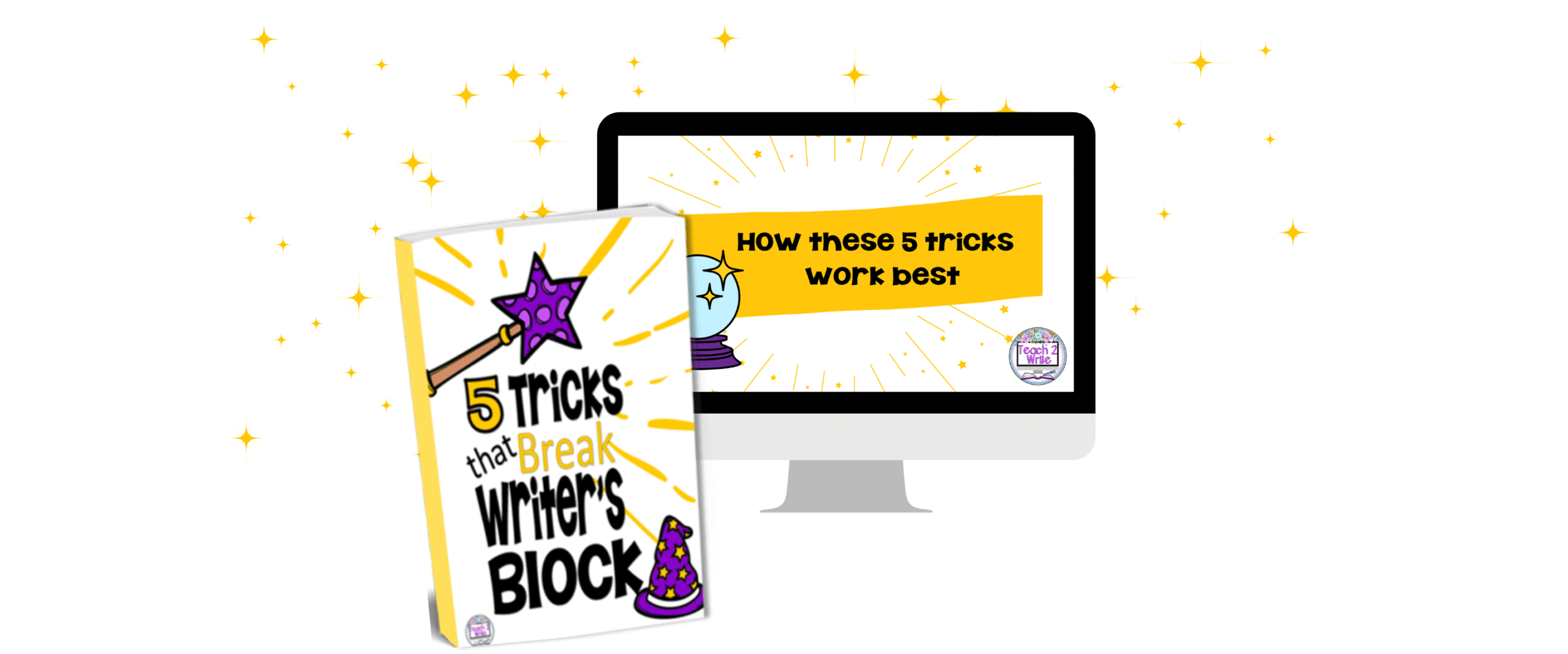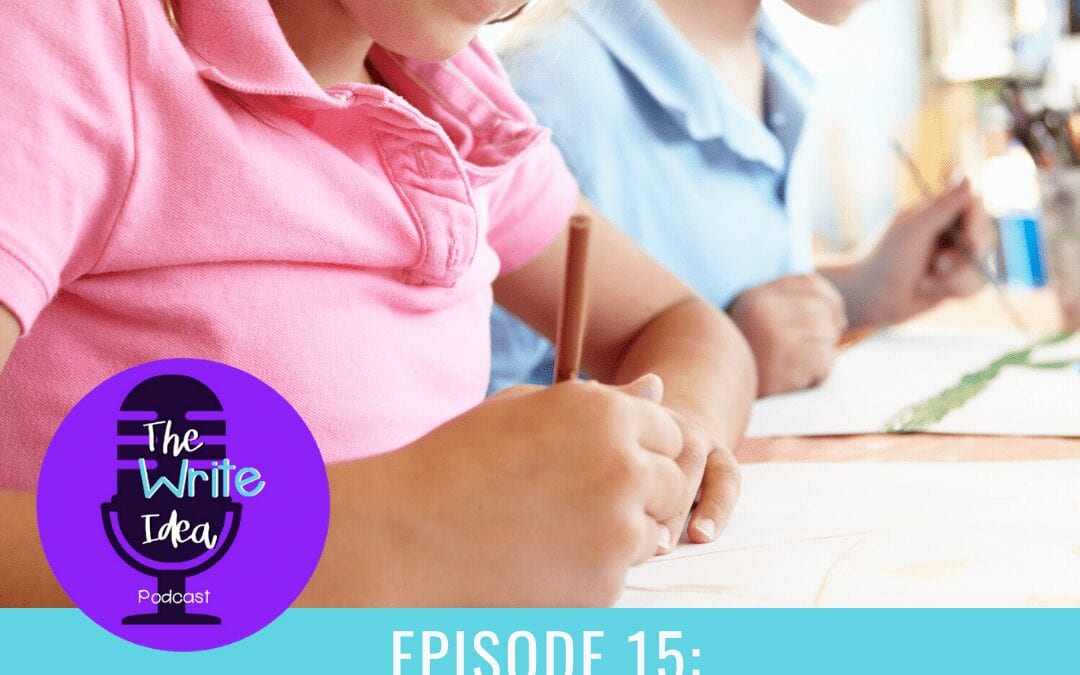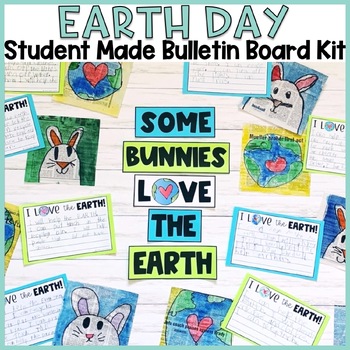Drawing to write is a writing strategy can break writer’s block. I use this strategy all the time when I need to visualize a setting or character and for quite a few other reasons, too.
What do I mean by drawing to write?
I am not an artist. Although, I have a novice artist’s eye. In fact, this school year, my principal asked me to teach digital design as well as my creative writing classes. So I teach one class of digital design, which is basically the basics of Photoshop as well as four classes of creative writing. In my digital design class, I’m actually learning the principles of art and the elements of design.
Now, I have always created masterpieces in my mind, but I could never attempt to re-create those with my hands. However, I do try to re-create them in word pictures.I know that this is impossible. I know that a picture is worth 1000 words. But at least, I can re-create the essence, the energy, and the emotion behind the images inside my head through the way I weave words together in a mosaic of meaning.
Why I use drawing to write and why you should use it with your students too:
So, drawing to write is a quick sketch that I create in my writer’s notebook that helps me see the physical layout of things when I can’t quite place them firmly in my mind. These sketches also help me for world building and character creation
For example, one of my characters, Will Rossi, lives in a fishing shack on a lake with his grandfather. This is a very special place in my first two young adult novels. So, I drew a map of the property, the inside lay out of the shack, and Will’s room.
These sketches helped me to further refine my characters and their living spaces. They also help me to indirectly describe my two main characters.
Four main ways to use the Drawing to Write strategies:
- Important objects. These object sketches in my writer’s journal are especially important if I need to refer to them again and again as I write a story.
- Storyboards for presentations videos and big story scenes are another way that I draw to write. Although my art is just drawing stick figures or very simple to DC characters, usually front facing, these storyboards help me to organize my thoughts and visualize my message.
- Floor plans of characters rooms or of an important building help me describe a setting as it relates to the space my character needs to inhabit.
- Maps. When I wrote about a medieval castle, I also mapped out the entire area of the lord’s domain. One of my main characters had to run through it to escape from enemies, so I needed to know the lay of the land. Where would he hide? How would he get out of the second floor window and down a huge hill fast enough to get away from pursuers on horseback?
Of course, my maps are nothing like J.R.R. Tolkien’s Maps of middle earth or George RR Martin’s Maps of a world of ice and fire, but a quick overview of Forrest, Mountain Range, river at the castle, now that I can sketch out in my writer’s journal
BONUS: Characters. My students use this way more than I do. I tend to use stock images for this, but I love the elaborate character sketches some of my students create.
As you can see, there are lots of ways that you can use the writing strategy of drawing to write. I’m sure that the drawing to write strategy could be used for helping students to formulate non-fiction writing as well.
For other writing strategies, see these blog post articles:
Writers Strategy: Mind Mapping
Free writing: Ready, Set, Go! Writing Sprints
For online digital resources, try this:
If you need writing and drawing activities for April, my friend at Coffee Fueled Classroom has a wonderful Earth day Resource for Directed Drawing and Writing:
Do you need a little “magic” to help your middle school writers?
Students often do not come to your writing classroom with all the strategies they need to get started with writing. Sometimes they are confused or don’t know what to say. These 5 writer’s tricks are proven strategies I’ve used for years in the classroom, and now I want to share those with you. Contained in this resource you’ll find:
- fun, engaging worksheets
- teacher tips for implementing these 5 tricks
- how-to videos that demonstrate how I teach these 5 tricks
- easy-to-use rubric




